Nikon D7200 review: D7200 keeps up the good work
The Nikon D7200 makes the 2-year-old D7100 look like a terrific deal. With only minor improvements over its predecessor, the D7200 remains a great camera, but given the D7100’s lower price, the D7200 is a tough sell unless you’re a night owl or long burst shooter. Once the D7100 evaporates from the market — or the price stops dropping and starts rising — then the D7200 will seem more compelling. It’s the same pattern the D7100 faced over the D7000 before it.
Mục lục bài viết
The Good
Great photo quality, solid performance and a sturdy body are the Nikon D7200’s highlights.
The Bad
Subpar wireless implementation and a fixed LCD display.
The Bottom Line
The Nikon D7200 is a great camera for the money, as long as you don’t care about an extensive feature set.
The D7200 body costs about $1,100 (£725, AU$1,450), compared to only about $800 (£850, AU$1,500) for the D7100.
What are the differences? Some improvements in buffering for burst shooting and improved image quality above ISO 1600 (plus two black and white high ISO modes), and time-lapse movie creation. The camera also gains wireless connectivity, but Nikon’s app is one of the least capable I’ve seen (and as of this writing, hasn’t been updated since April 2015). And while auto ISO support and a flat color profile are welcome for movies, shooting video with the camera can be a trying experience.
Image quality
The D7200’s photo quality is excellent for the money, and both JPEG and raw files looks a bit better than the D7100’s starting at about ISO 1600, thanks to slightly finer-grained noise. Otherwise, they’re pretty similar: JPEGs display nice color rendering and exposures, plus good tonal range in the shadows but a little more clipping in the highlights than I expect.
With the default noise-reduction settings, detail starts to get quite mushy in JPEGs with ISO sensitivities beyond ISO 1600, and you see quite a bit of color noise at ISO 6400 and beyond. If you shoot raw, you can regain quite a bit of detail (in exchange for just a moderate amount of grain), making it possible to get usable results up to ISO 25600, depending upon scene content and how you’re displaying the photo.
Rather than provide expanded sensitivities that would look horrendously full of noise, Nikon offers them in black-and-white mode. While you still have the decreased tonal range, they’re a little more usable than color versions would be. Unfortunately, it only produces JPEGs so you can’t tweak them, and there are still slight horizontal lines across the image (vertical lines, if you’re shooting in portrait orientation), a common artifact in high-sensitivity photos in this class of camera.
Video looks very good as well, though it can get pretty visually noisy in low light. By default, it tends to blow out highlights just like with stills, so you should really take advantage of the flat profile.
Analysis samples
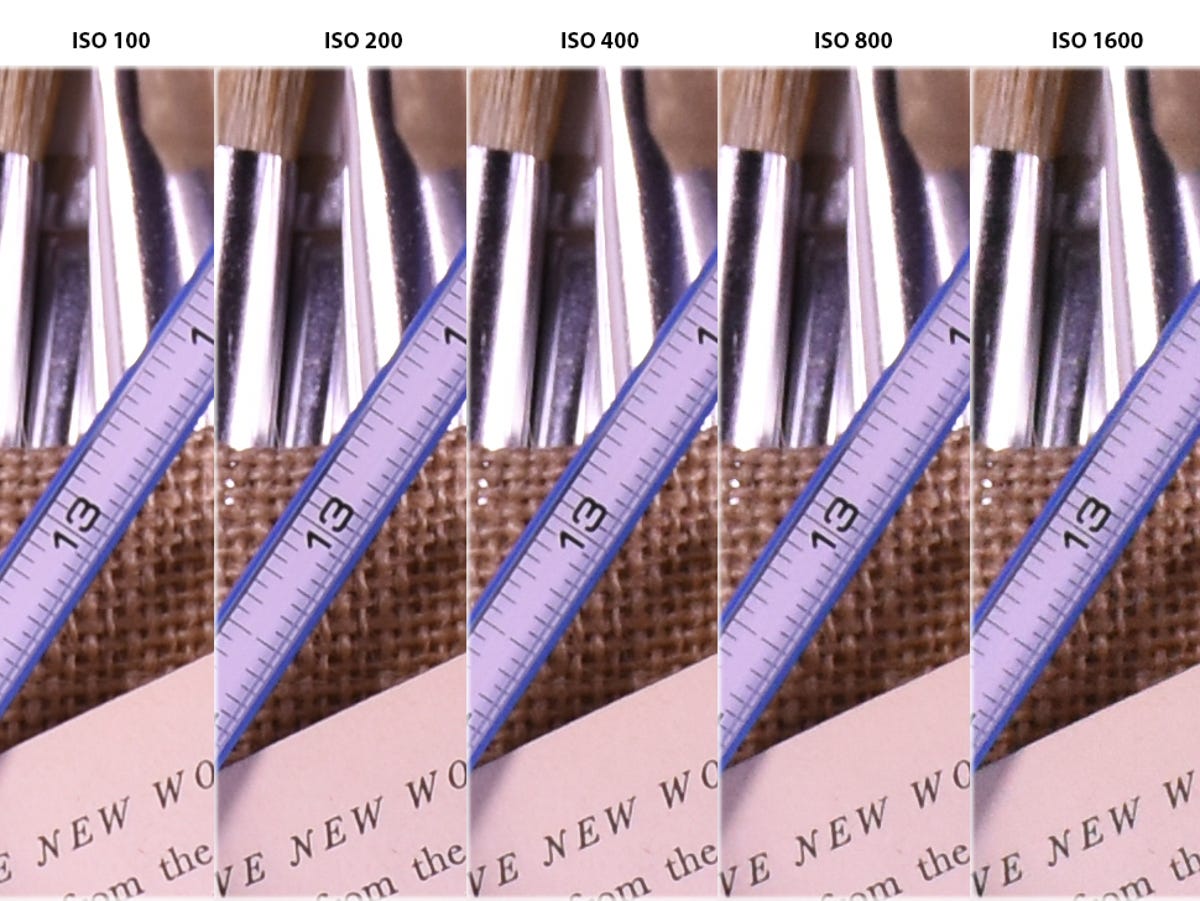
Enlarge Image
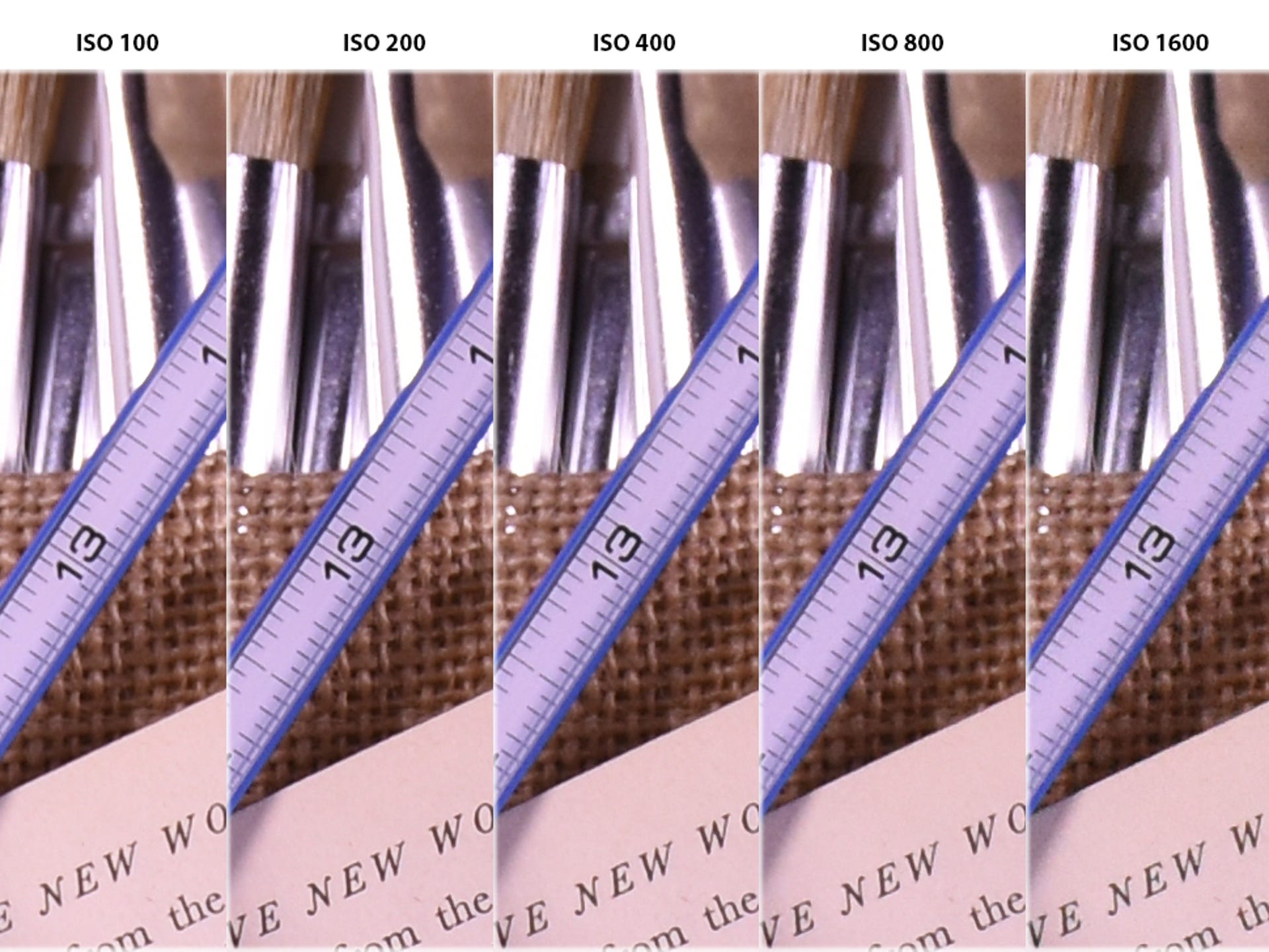
The D7200’s JPEGs look very clean up through ISO 1600. The strong purple cast is caused by the camera’s automatic white balance response to our LED light panels. The manual white balance works perfectly.
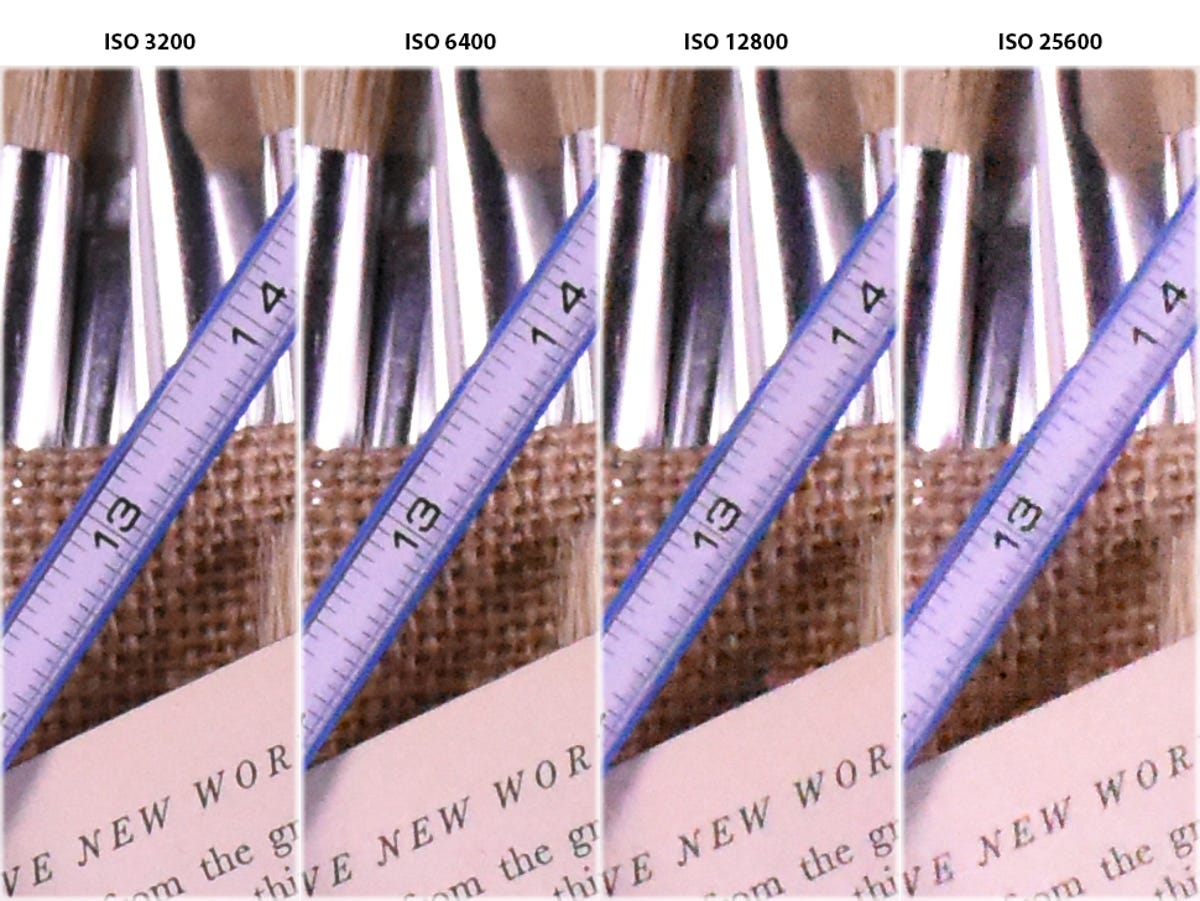
Enlarge Image
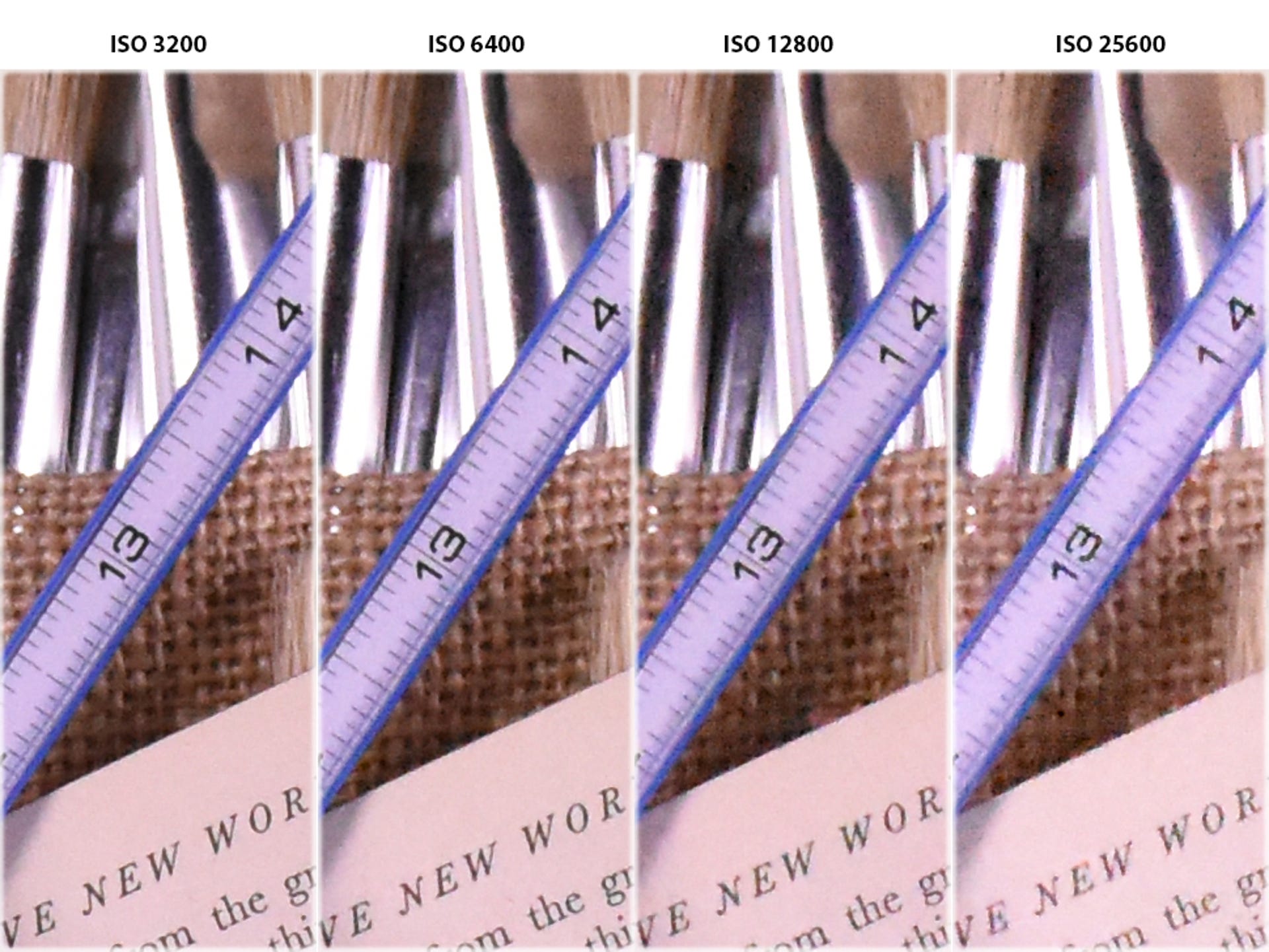
You can see some smearing in details at ISO 3200 from JPEG noise reduction, but in-focus areas look okay up through ISO 6400. Above that you see a lot of color noise as well as mushy details.
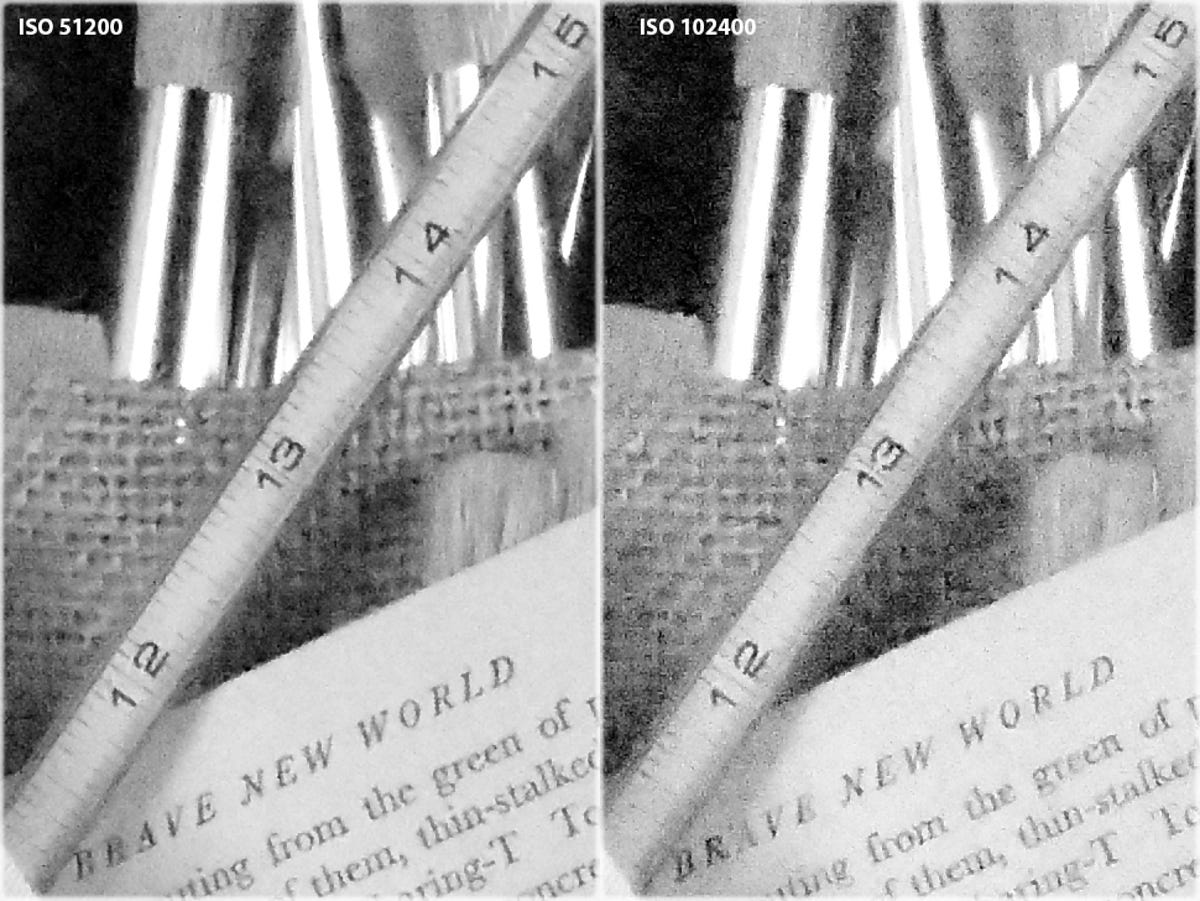
Enlarge Image
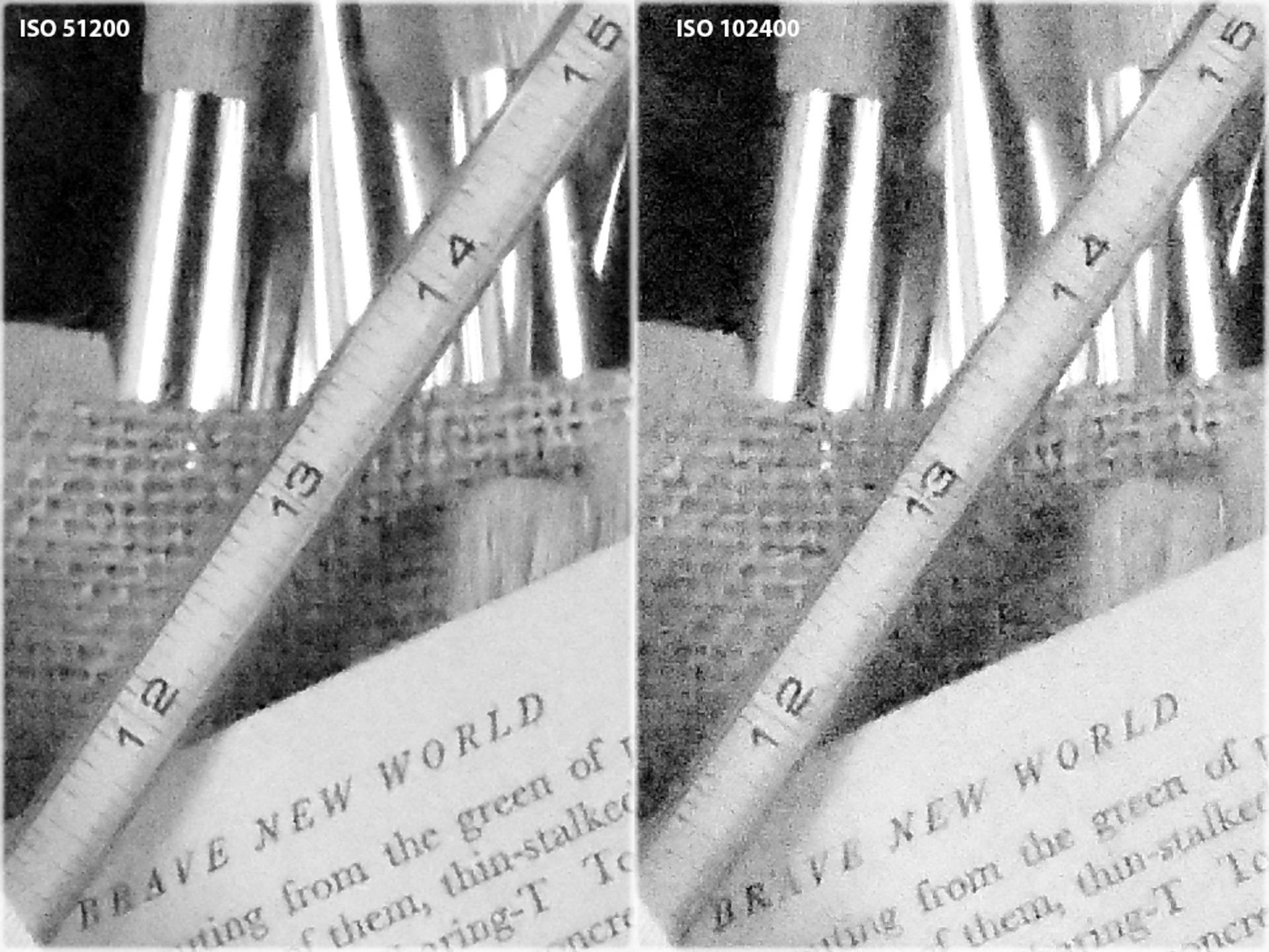
Nikon offers expanded ISO sensitivities in black and white. While they’re more usable than they would be in color, they’re still not great.
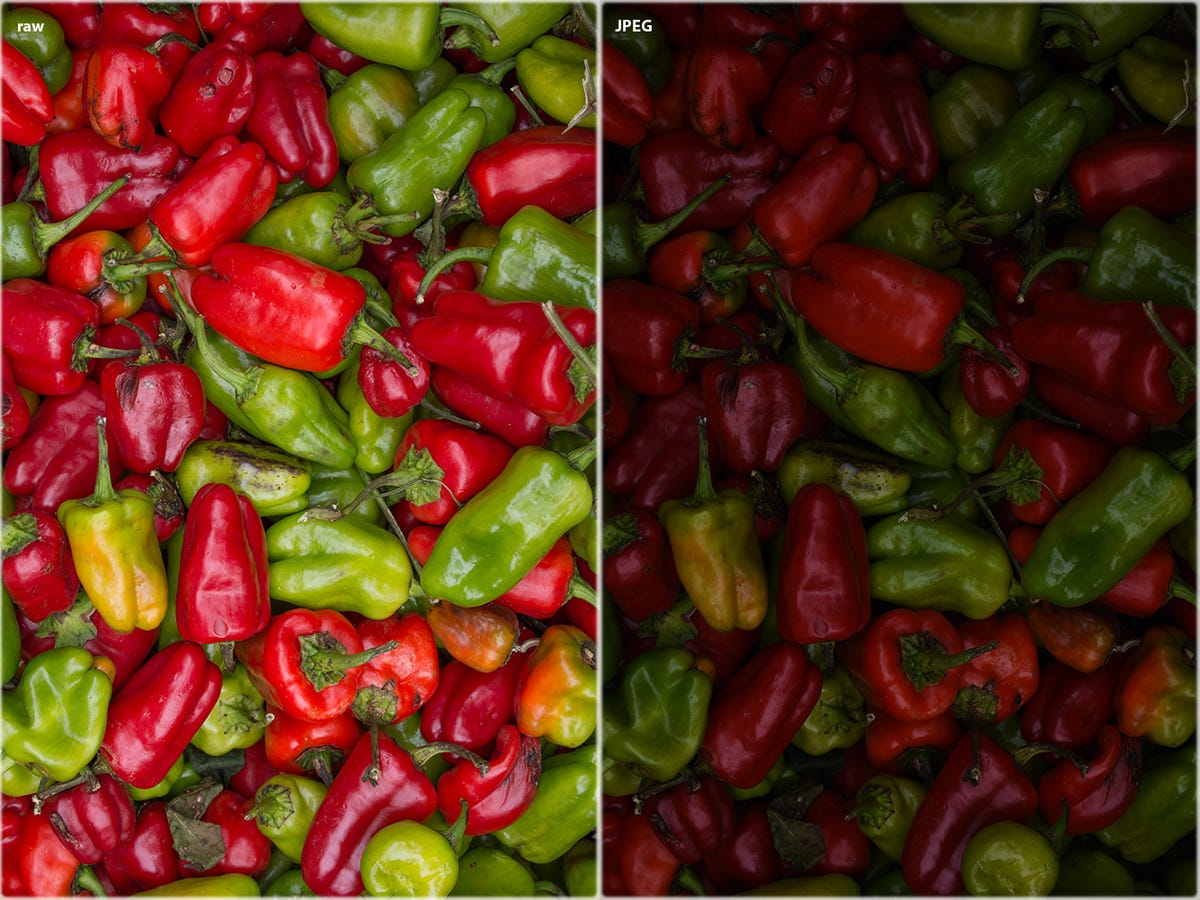
Enlarge Image
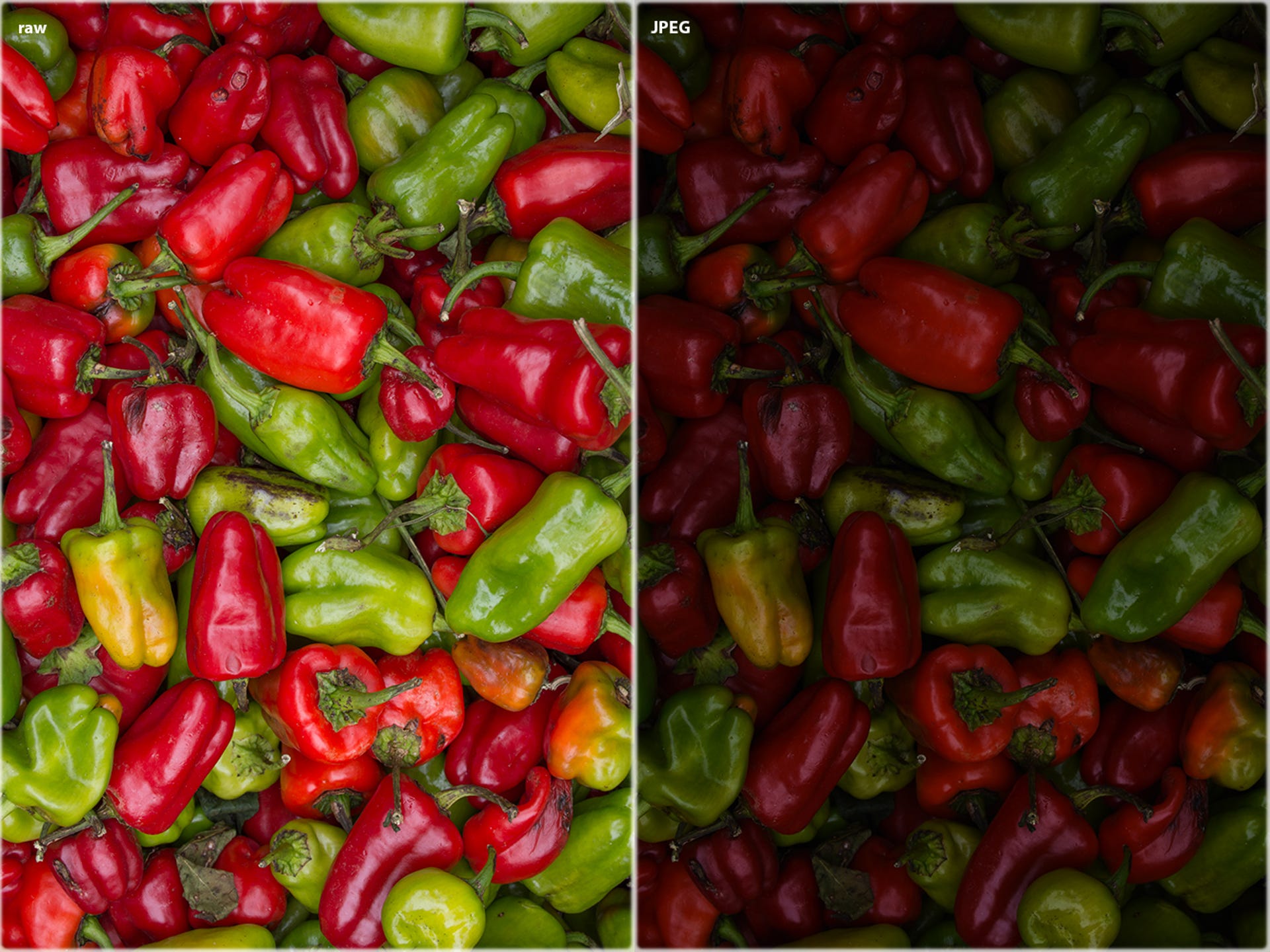
The D7200 has a decent amount of latitude in the shadows — I increased the exposure on this by 2 stops — but it’s not terrific at preserving highlight detail.
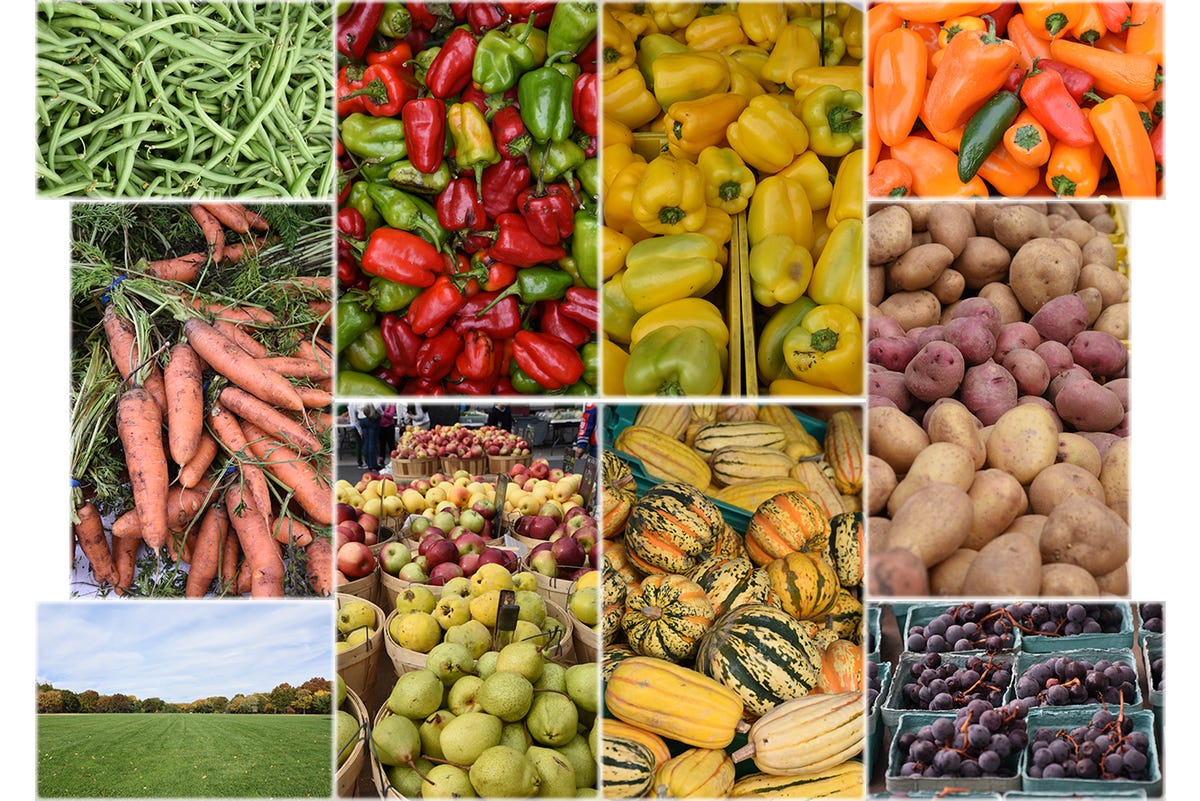
Enlarge Image
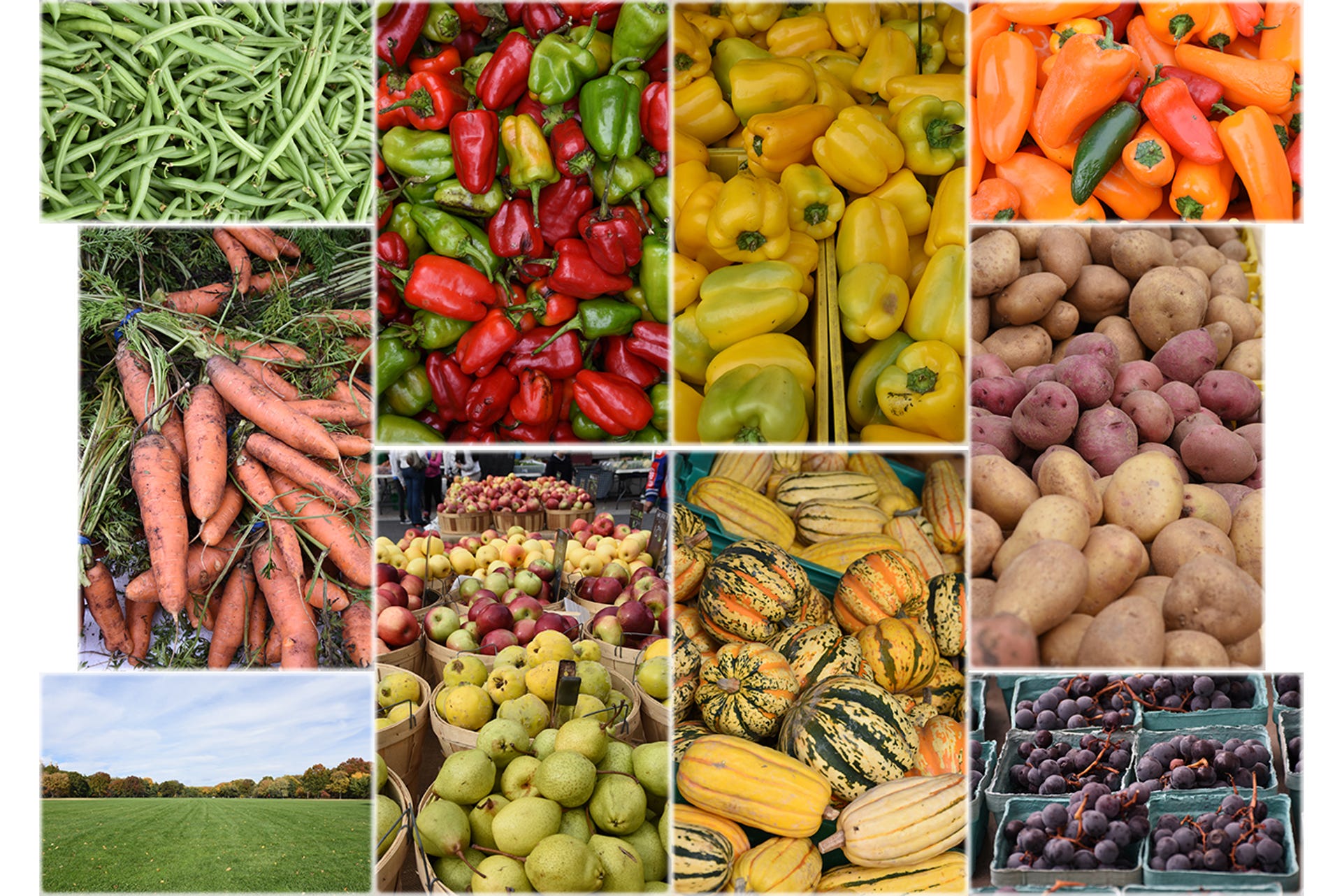
In natural light, the camera’s colors are excellent, accurate but pleasingly saturated.
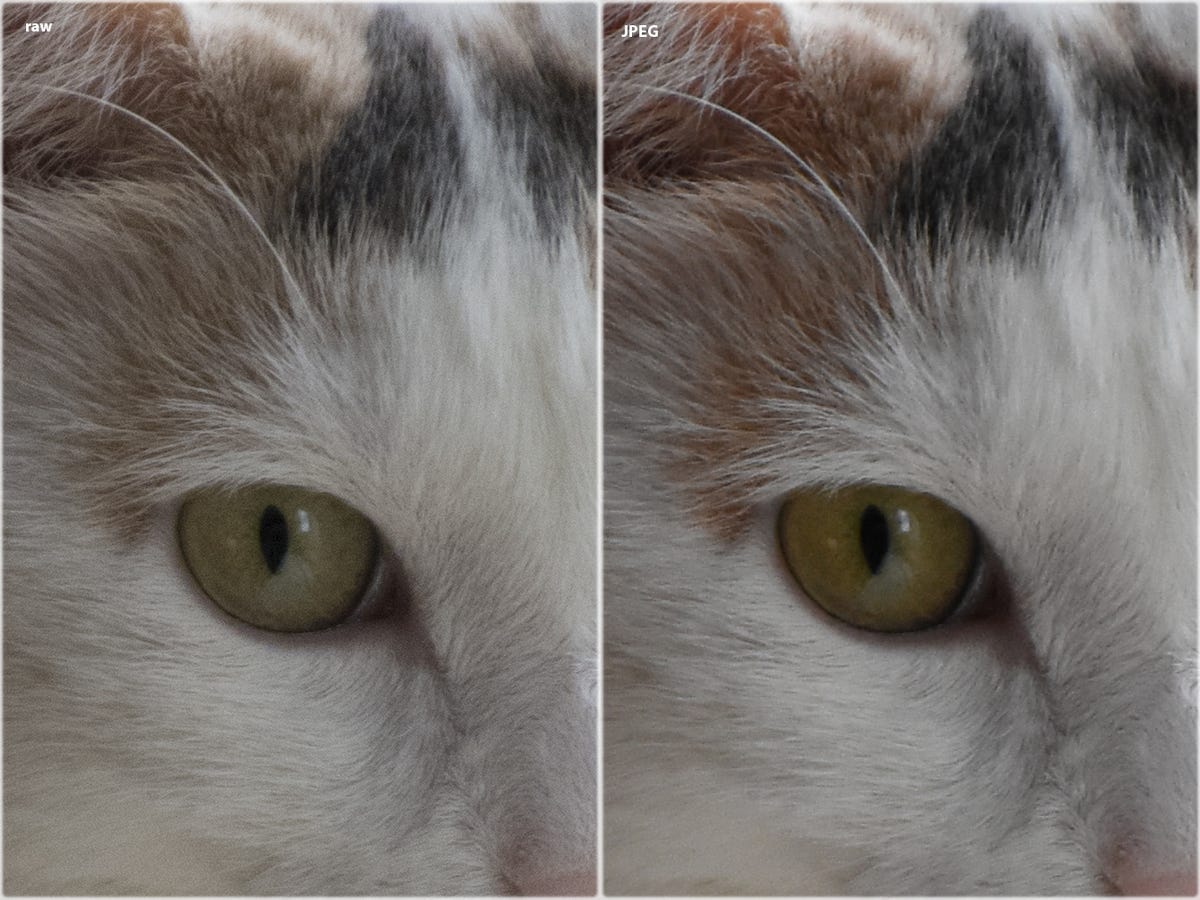
Enlarge Image
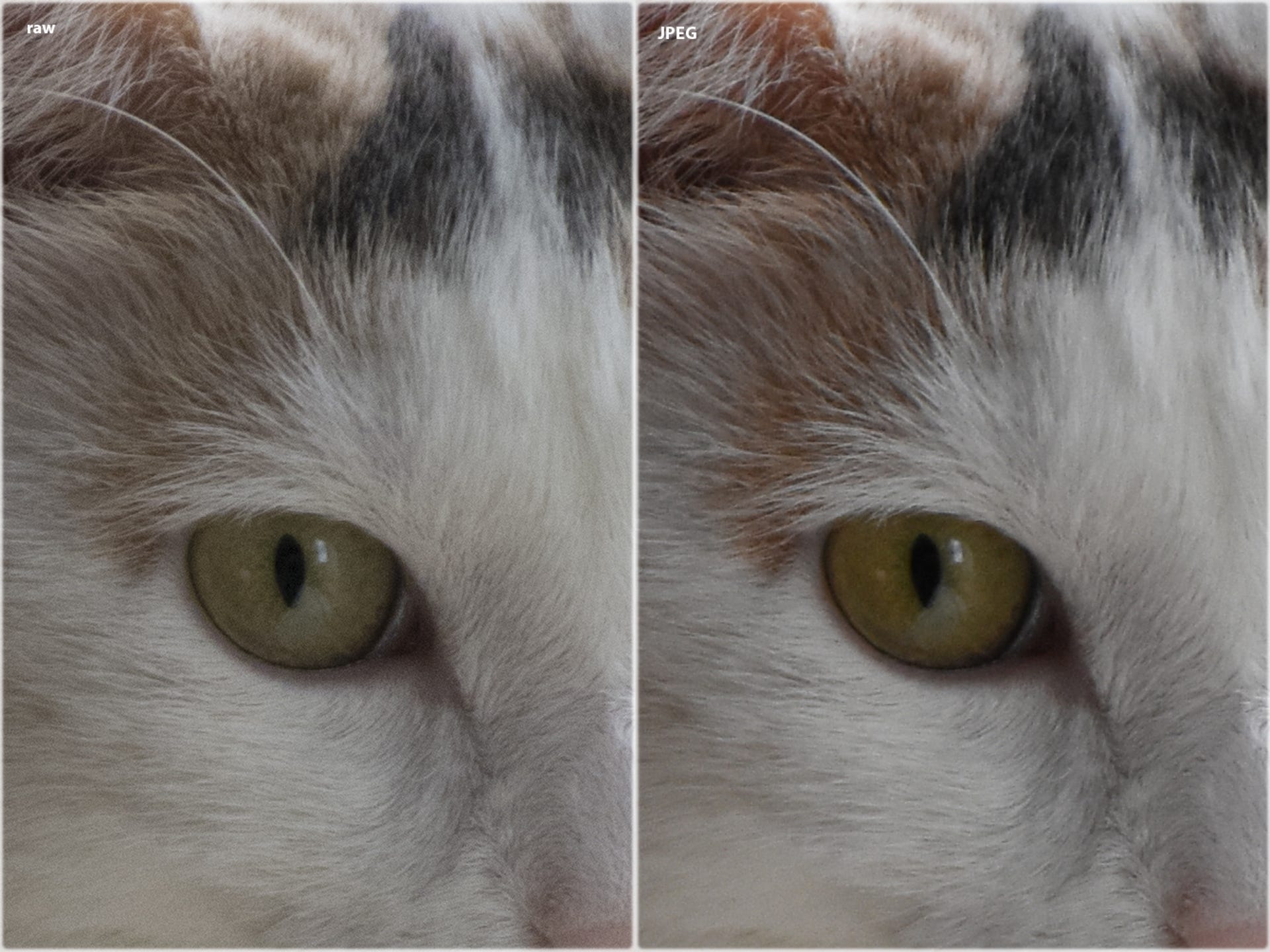
I was able to improve the detail at ISO 1600 over the default JPEG settings, which smooth too much, by editing the raw.
Performance
This series has always performed well, and the D7200 continues the tradition; it’s more or less identical to the D7100.
It powers on, focuses and shoots in about 0.3 second, which is quite good. I think the relatively slow lag — time to focus and shoot, about 0.5-0.6 second — reflects the sluggish kit lens rather than the autofocus system. However, in LIve View which uses contrast autofocus, it’s still a very slow 1.4 seconds in good light, which isn’t nearly as good as the Canon 70D’s 0.7 second.
Time for two sequential shots, which takes focus out of the equation if the camera is smart, is a class-competitive 0.2 second, rising to only 0.6 second with flash enabled.
It matches the D7100 on JPEG continuous-shooting performance at 6.1 frames per second with continuous autofocus and autoexposure for more than 30 JPEGs. But the D7200 now can sustain a raw burst for 20 frames before slowing, up from 5 on the D7100, and at a faster overall rate of 5fps.
Autofocus is still excellent, achieving up to a 90 percent hit rate of sufficiently in-focus photos during continuous shooting, for both panning or photographing a subject moving toward you. You probably want to focus manually or fix focus when shooting video, however, since the Live View AF is easily distracted.
Shooting speed
Canon EOS 70D
0.2
0.2
0.2
0.2
0.4
Canon EOS 7D Mark II
0.2
0.3
0.2
0.2
0.8
Nikon D7100
0.5
0.5
0.2
0.2
0.2
Nikon D7200
0.6
0.5
0.2
0.2
0.3
Nikon D5500
0.6
0.6
0.2
0.2
0.3
- Shutter lag (typical)
- Shutter lag (dim light)
- Typical shot-to-shot time
- Raw shot-to-shot time
- Time to first shot
Note: Seconds (shorter bars indicate better performance)
Continuous shooting speed
Canon EOS 7D Mark II
9.5
Canon EOS 70D
7.0
Nikon D7100
6.1
Nikon D7200
6.1
Nikon D5500
5.1
Note: In frames per second (longer bars indicate better performance)
Design and features
The design of the camera is unchanged, retaining the comfortable grip and solid, dust-and-weather-sealed build quality. Overall, it’s still a well-designed camera with a logical shooting design.
The mode dial sits on the left shoulder of the camera, with a small center button to prevent accidental mode changes. Options include the the usual manual, semimanual and automatic modes, an Effects mode with a handful of typical selections, and a couple of user settings slots. Beneath it is the release mode (drive modes) dial, which offers two continuous-shooting speeds, a quiet mode, self-timer and mirror lockup. On the right shoulder are the status display, metering mode and exposure compensation buttons, and a tiny, awkward-to-use movie record button.
You access the popup flash/flash exposure-compensation button, the bracket button and the autofocus/manual focus control with your left thumb via the front left of the camera; by pressing the button on the focus-mode switch you can cycle through the different autofocus mode types and areas. In addition to AF-A, which is a variation on continuous auto that locks focus when you half-press the shutter button, there are 3 dynamic-area autofocus modes: 9-, 21- and 51-point.
The back has the typical Nikon layout as well. White balance, quality, and ISO sensitivity buttons (which double as playback controls) line the left side of the LCD, plus an i button, which calls up “frequently” used settings. Mostly they’re settings that you probably need occasionally, but which aren’t directly mapped to a button. Unfortunately, you can’t remap these to settings that you might want to change frequently, such as multiple exposures or Wi-Fi activation.
On the right of the LCD is the big, lockable navigation switch, also used for focus-point selection, and the Live View/Movie Mode toggle switch with the button that invokes it. An info button brings up a read-only display of the current settings. The autoexposure/autofocus-lock switch is on the left of the rear adjustment dial.
There are dual SD card slots on the grip side, which also contains the NFC (near-field communications) tap area; on the right are mic, nnectors.
The viewfinder is pretty nice, but the virtual horizon indicator is still difficult to see when framing dark subjects or in low light. The biggest drawback of having not updated the body design, though, is that we’re stuck with the fixed LCD.
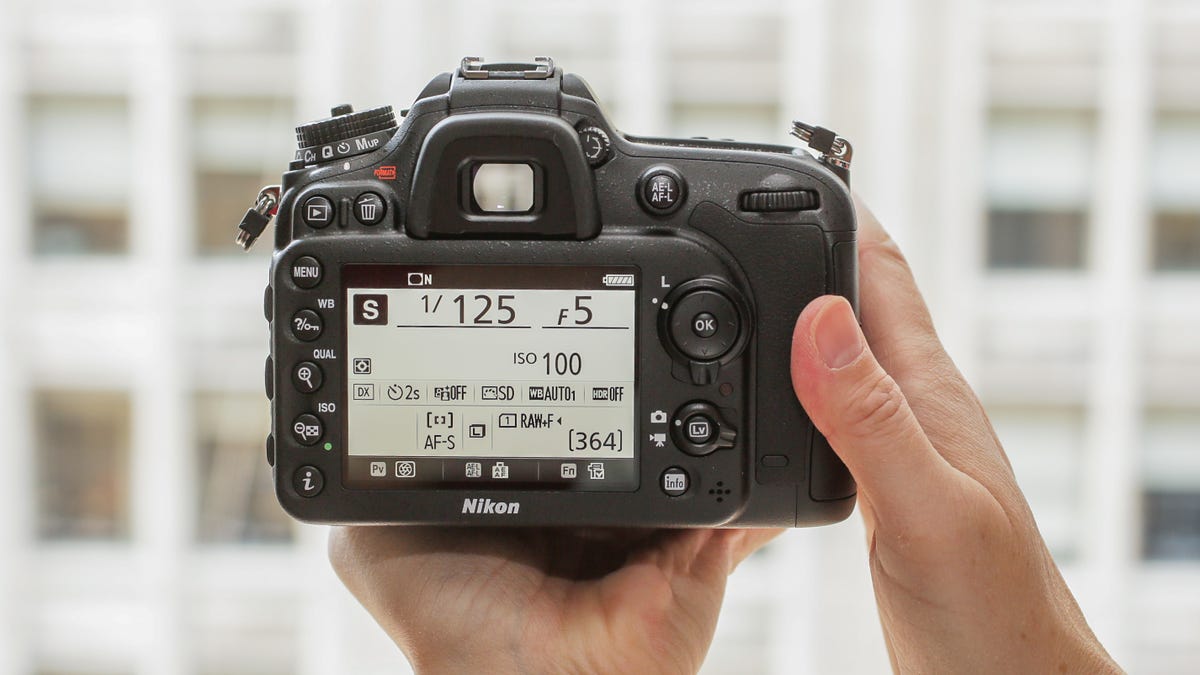
I really wish the camera finally had a tilting or articulated display.
Nikon added Wi-Fi to this camera, with tap-to-initiate NFC, but the company’s app offers only the most basic capabilities: you can view and copy photos from the camera to your mobile device, or use your phone as a remote shutter. The only control you have with the remote app is to choose your focus point. There are no other manual capabilities. And the only way to stop the app on is to use Force Stop in the system settings, at least on my phone (running version 5.0.2). You can’t exit or dismiss it from the task manager screen. That said, I didn’t have any connection issues.
Another problem is the I-can’t-believe-it-works-this-way video control. The camera supports manual settings, but you can’t change them while you’re in movie mode. I don’t mean while you’re shoooting (which is annoying enough), but when you have simply turned on the mode. To change shutter speed or aperture, you have to exit live view, adjust them, and re-enter live view. However, once you get past that quirk it does have a solid set of video features, including clean 4:2:2 HDMI out, flat and custom curves and auto ISO when shooting manually.
For a complete account of its features and operation, download the D7200’s manual.
Conclusion
The Nikon D7200 is a great camera for the money, if your major concerns are photo quality, weather sealing and speed — which is typically what they are in this class of camera. But while its photo quality falls slightly short of the D7200, the less-expensive 70D delivers better performance, more robust wireless remote control, variable-angle shooting, and faster Live View operation.
Comparative specifications
Canon EOS 70D Nikon D7100 Nikon D7200 Sensor effective resolution 20.2MP Dual Pixel CMOS 24.1MP CMOS 24.2MP CMOS Sensor size 22.5 x 15 mm 23.5 x 15.6 mm 23.5 x 15.6 mm Focal-length multiplier 1.6x 1.5x 1.5x OLPF Yes No No Sensitivity range ISO 100 – ISO 12800/ISO 25600 (exp) ISO 100 – ISO 6400/25600 (exp) ISO 100 – ISO 25600
(up to ISO 102,400 in black and white) Burst shooting 7fps
40 JPEG/15 raw 6fps
33 JPEG (Normal quality)/6 raw 6fps
100 JPEG (Normal quality)/27 raw (12-bit) Viewfinder
(mag/ effective mag) Optical
98% coverage
0.95x/0.59x Optical
100% coverage
0.94x/0.63 x Optical
100% coverage
0.94x/0.63 x Hot Shoe Yes Yes Yes Autofocus 19-point phase-detection AF
all cross-type
center dual cross to f2.8 51-point phase-detection AF
15 cross-type
center to f8 51-point phase-detection AF
15 cross-type
center to f8 AF sensitivity -0.5 – 18 EV -2 – 19 EV -3 – 19 EV Shutter speed 1/8,000 to 30 secs; bulb; 1/250 sec x-sync 1/8,000 to 30 secs; bulb; 1/250 sec x-sync 1/8,000 to 30 secs; bulb; 1/250 sec x-sync, 1/320 sec x-sync at reduced flash output, 1/8000 sec FP x-sync Shutter durability 100,000 cycles 150,000 cycles 150,000 cycles Metering 63 zone 2,016-pixel RGB 3D Color Matrix Metering II 2,016-pixel RGB 3D Color Matrix Metering II Metering sensitivity 1 – 20 EV 0 – 20 EV 0 – 20 EV Best video H.264 QuickTime MOV
1080/30p, 25p, 24p; 720/60p H.264 QuickTime MOV
1080/30p, 25p, 24p; 720/60p, 50p H.264 QuickTime MOV
1080/60p, 50p @ 1.3x crop; 1080/30p, 25p, 24p Audio Stereo, mic input Stereo, mic input,
Stereo, mic input,
Manual aperture and shutter in video Yes Yes Yes Maximum best-quality recording time per clip 4GB 4GB 10 mins Clean HDMI out No Yes Yes IS Optical Optical Optical Display 3 in/7.7cm
Articulated touchscreen
1.04m dots 3.2 in/8 cm
Fixed
921,600 dots
(plus extra set of white) 3.2 in/8 cm
Fixed
921,600 dots
(plus extra set of white) Memory slots 1 x SDXC 2 x SDXC 2 x SDXC Wireless connection None Optional Wi-Fi
(with WU-1a Wireless Mobile Adapter) NFC, Wi-Fi Flash Yes Yes Yes Wireless flash Yes Yes Yes Battery life (CIPA rating) 800 shots
(2600 mAh) 950 shots
(1,900 mAh) 1,100 shots
(1,900 mAh) Size (WHD) 5.5 x 4.1 x3.1 in
139.0 x 104.3 x 78.5 mm 5.3 x 4.2 x 3.0 in
135.5 x 106.5 x 76 mm 5.3 x 4.2 x 3.0 in
135.5 x 106.5 x 76 mm Body operating weight 27.2 oz
771.1 g 27.3 oz
773.9 g 26.9 oz
762 g Mfr. price (body only) $1,000
£780
AU$1,100 $800
£850
AU$1,500 $1,100
£940
AU$1,450 Release date August 2013 March 2013 April 2015











